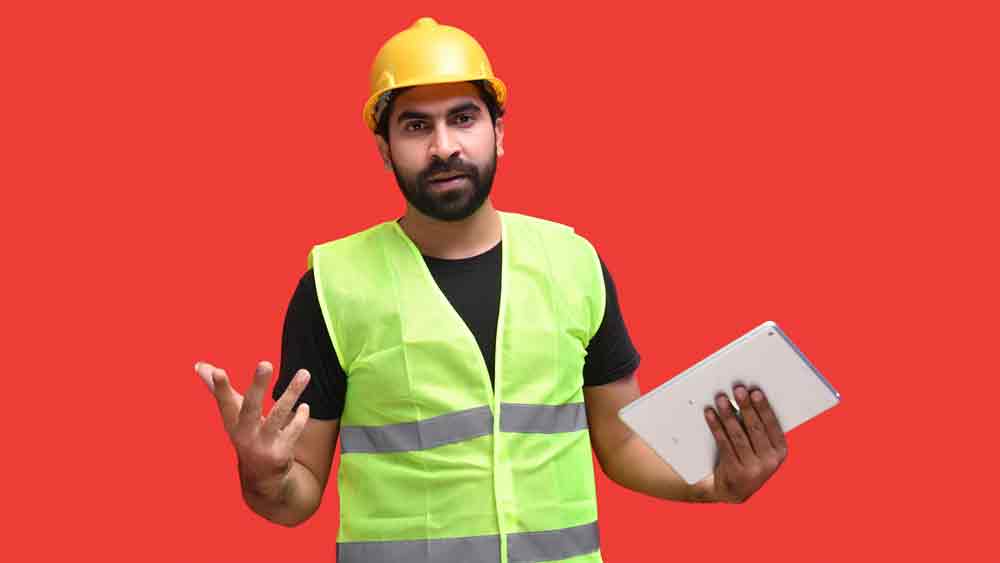Occupational health and safety (OHS) is often brushed aside as a checkbox exercise—something assigned to compliance officers or forgotten in day-to-day operations. But this mindset comes at a cost. Every year, millions of people suffer injuries, illnesses, or worse, simply because their workplace failed to prioritize their safety and well-being.
|
ADVERTISEMENT |
At its core, occupational safety—the drive to prevent accidents and injuries—has always been the backbone of workplace protection. But OHS doesn’t stop at hard hats and warning signs anymore. Now, it’s about safeguarding health in every sense of the word. That means tackling long-term issues like stress, burnout, fatigue, and chemical exposure with the same urgency we give to slips, trips, and falls.
When organizations embed health, safety, and well-being into their culture, they’re not just ticking a box. They’re protecting their people and building stronger, more resilient businesses in the process. So, whether your employees are on a construction site, behind a desk, or working remotely, OHS should be more than a compliance task—it should be the foundation of a healthy, thriving organization.
…

Add new comment